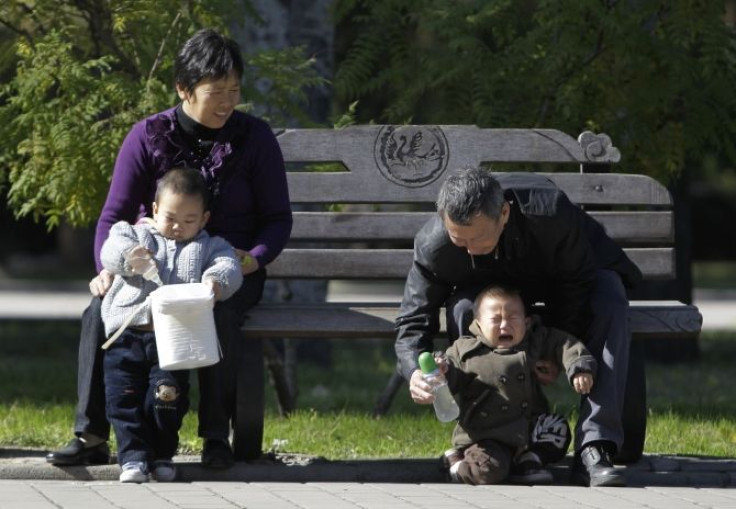Pinching, Slapping Unruly Kids in Public Places Doesn't Help

How do parents control an unruly kid in a public place? A new study has found that many parents resort to the negative touch, and do it more often than what they would acknowledge in surveys or lab tests.
Negative touch, researchers say, includes pinching, slapping and arm pulling as opposed to positive touch that includes hugging, tickling and patting.
To understand how parents deal with unruly kids in public places in the real world, research students anonymously studied 106 parent-child interactions in public places and recorded the results.
Researchers found that fathers more than mothers were more likely to touch kids in a positive way. This challenges the age-old idea about fathers enforcing the rules in the family.
“When we think of dad, we think of him being the disciplinarian, and mom as nurturer, but that’s just not what we saw. I do think that we are shifting as a society and fathers are becoming more involved in the daily mechanics of raising kids, and that’s a good thing for the kids and also a good thing for the dads,” said lead author of the study Kathy Stansbury, PhD, from Michigan State University.
Researchers found that almost 23 percent of children received a negative touch from their parents when they failed to comply with certain requests in public areas.
"I was very surprised to see what many people consider a socially undesirable behavior done by nearly a quarter of the caregivers. I have also seen hundreds of kids and their parents in a lab setting and never once witnessed any of this behavior," Stansbury said.
According to researchers, slapping or pinching a kid in a public place will not make them comply and even if they do, they will most probably sulk later.
But, a positive touch almost always does the trick. Children receiving a positive touch will comply more easily and will not be fussy later.
“If your child is upset and not minding you and you want to discipline them, I would use a positive, gentle touch. Our data found that negative touch didn’t work," Stansbury said.
The study was published in the journal Behavior and Social Issues.



























